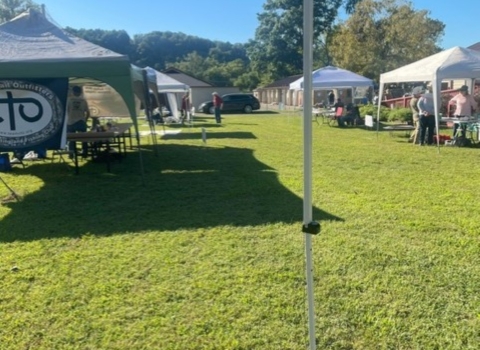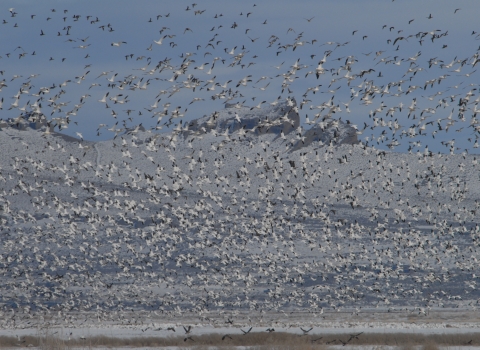When summer ends and temperatures dip in the northern climates, your work as a gardener isn’t done. At least not if you want to attract pollinators next season.
While it may seem that all your insect friends have fled south, overwintering pollinators are quietly hunkering down until warmer weather returns. You can help them survive the winter!
When the mercury falls, many insects put their development on hold and wait out the winter in a state known as diapause. Some butterflies and native bees overwinter as larvae, seeking shelter in leaf litter or by burrowing deep into the ground. Others, like many dragonflies, stay beneath the ice in nymph form.
Praying mantids lay eggs that can survive freezing temperatures, and some moths stay wrapped up in non-feeding pupal stage all winter long. Many pollinators, such as ladybugs, stay mostly dormant while hiding in tree holes and under logs and rocks. Meanwhile, other brave beetles and flies are just waiting for a few warmer days to take a winter flight. Certain pollinators, like the rusty patched bumblebee, take only a short repose and can be active again by March looking for the earliest blooms.
To make your yard or garden friendly to overwintering pollinators, take these easy steps:
Leave the leaves. Leaves provide nutrients, insulation and important cover for overwintering caterpillars and eggs.
See the soil. A sunny spot of bare, mulch-free soil can host ground-nesting pollinators, such as bumblebees. Leave some soil uncovered.
Aim for early and late blooming plants. Selecting some plants that bloom early and others that keep their flowers late in the season helps ensure food for pollinators when other sources are scarce. Grow plants in clusters so pollinators can easily find them and conserve energy in gathering food.
Save the stems. Stems and twigs provide nesting sites for solitary bees and other insects. Hold off on pruning and snipping until late spring or just let stems naturally decompose.
Let logs be and save the snags. Snags (dead trees or stumps) and logs provide burrowing chambers for insects. They also attract winter birds.
In readying gardens and yards for winter, keep in mind that by doing less you may be doing more for pollinators. Insects that find shelter under the cover of leaves and brush and a fresh snow blanket will be able to rest and ready themselves for next season’s vital work in growing foods and flowers.




